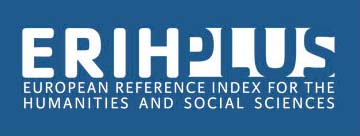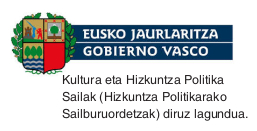The finite verb form <nagon> of Lazarraga’s manuscript: beyond spelling issues
DOI:
https://doi.org/10.26876/uztaro.118.2021.4Keywords:
Lazarraga’s manuscript, Philology, Verb morphologyAbstract
Since its discovery more than fifteen years ago, Lazarraga’s manuscript has provided us with as many treasures as headaches. Thus, in addition to a reliable transcription and critical edition, there have also been other attempts to better understand it. In this work I would also like to contribute to it, by analysing not only the text but also the photographs of the manuscript, in order to clarify a matter related to the spelling that has not been given due attention until now, and thus shed some light on Lazarraga’s dialect (and the surrounding varieties). I propose that the signs that Lazarraga sometimes writes above the letters have in some cases a real phonological value; as for example in the finite verbal form <nagon>. Briefly stated, I will try to prove that it should be read as <ñagon>, and I will explain some of its morphological and etymological implications.
Downloads
License
Copyright (c) 2021 Uztaro

This work is licensed under a Creative Commons Attribution-NonCommercial-ShareAlike 4.0 International License.




















